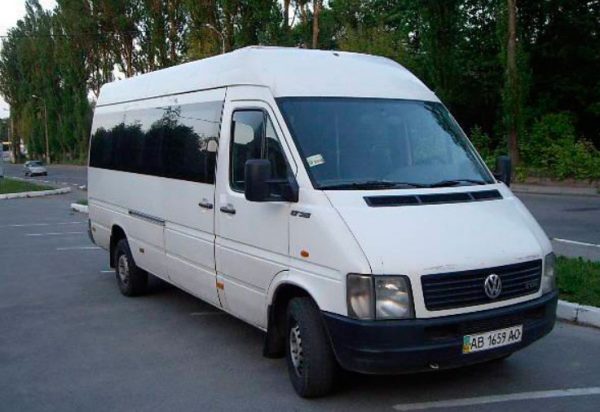
Specifications of the Volkswagen LT 35: the most complete review
Like any major automotive concern, Volkswagen is not limited to the production of only passenger cars. Vans, trucks and minibuses roll off its conveyors. All of these vehicles belong to the large LT family. The most prominent representative of this line is the Volkswagen LT 35 minibus. Let's take a closer look at this wonderful car.
Main technical characteristics of the Volkswagen LT 35
We list the most important technical characteristics of the popular Volkswagen LT 35 minibus, the production of which began in January 2001 and ended at the end of 2006.

Body type, number of seats and doors
Volkswagen LT 35 is positioned by the manufacturer as a minibus. Its body type is a five-door minivan, designed to carry seven people.
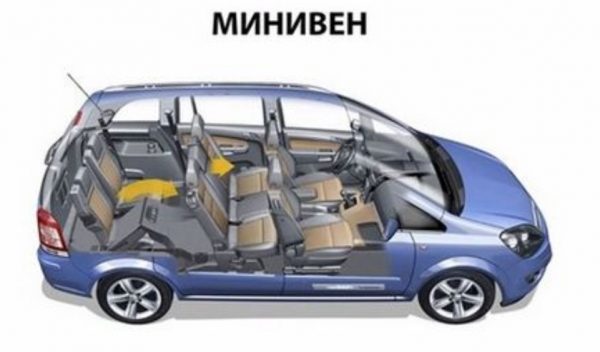
The latest minibus models, released in 2006, were designed for nine passengers. The steering wheel in the Volkswagen LT 35 has always been located on the left.
About the vin code on Volkswagen cars: https://bumper.guru/zarubezhnye-avto/volkswagen/rasshifrovka-vin-volkswagen.html
Dimensions, weight, ground clearance, tank and trunk volume
The dimensions of the Volkswagen LT 35 were as follows: 4836/1930/2348 mm. The curb weight of the minibus was 2040 kg, the gross weight was 3450 kg. The ground clearance of the minivan has changed little over time: on the very first models, released in 2001, the ground clearance reached 173 mm, on later models it was increased to 180 mm, and remained so until the end of production of the Volkswagen LT 35. all minibuses was the same: 76 liters. Trunk volume on all minivan models was 13450 liters.
Wheelbase
The wheelbase of the Volkswagen LT 35 is 3100 mm. The front track width is 1630 mm, rear - 1640 mm. All minibus models use 225–70r15 tires and 15/6 rims with 42 mm offset.

Engine and fuel
The engines on the Volkswagen LT 35 are diesel, with an L5 cylinder layout and a volume of 2460 cm³. Engine power is 110 liters. s, torque varies from 270 to 2 thousand rpm. All engines in the LT minibus range were turbocharged.

The best option for the normal operation of such a motor is domestic diesel fuel without special additives. When driving around the city, a minibus consumes 11 liters of fuel per 100 kilometers. The extra-urban driving cycle consumes up to 7 liters of fuel per 100 kilometers. Finally, with a mixed driving cycle, up to 8.9 liters of fuel per 100 kilometers are consumed.
Learn how to replace batteries on Volkswagen keys: https://bumper.guru/zarubezhnye-avto/volkswagen/zamena-batareyki-v-klyuche-folksvagen.html
Transmission and suspension
All versions of Volkswagen LT 35 minibuses were equipped only with rear-wheel drive and a five-speed manual gearbox. The front suspension on the Volkswagen LT 35 was independent, based on transverse leaf springs, two transverse stabilizers and two telescopic shock absorbers.

The rear suspension was dependent, it was also based on leaf springs, which were attached directly to the rear axle. This solution greatly simplified the design of the suspension and made it easier to maintain.
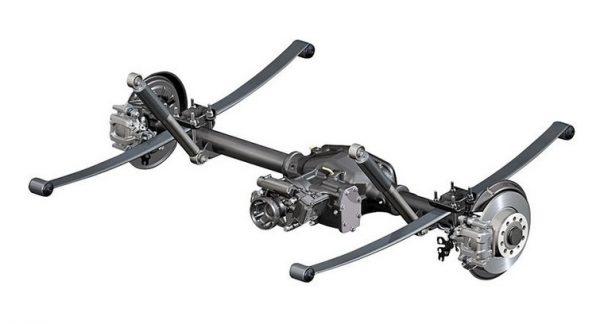
Brake system
Both front and rear brakes on the Volkswagen LT 35 are disc. The engineers of the German concern settled on this option because of its obvious advantages. Here they are:
- Disc brakes, unlike drum brakes, overheat less and cool better. Therefore, their stopping power is reduced very slightly;
 Due to their design, disc brakes cool faster than drum brakes.
Due to their design, disc brakes cool faster than drum brakes. - disc brakes are much more resistant to water and dirt;
- disc brakes do not have to be serviced as often as drum brakes;
- With a similar mass, the friction surface of disc brakes is larger compared to drum brakes.
Internal Features
Consider the main features of the internal structure of the Volkswagen LT 35 minibus.
The passenger compartment
As mentioned above, initially the Volkswagen LT 35 was a seven-seater and very spacious minibus. The seats had headrests and armrests. The distance between them was large, so that even the largest passenger could sit comfortably.
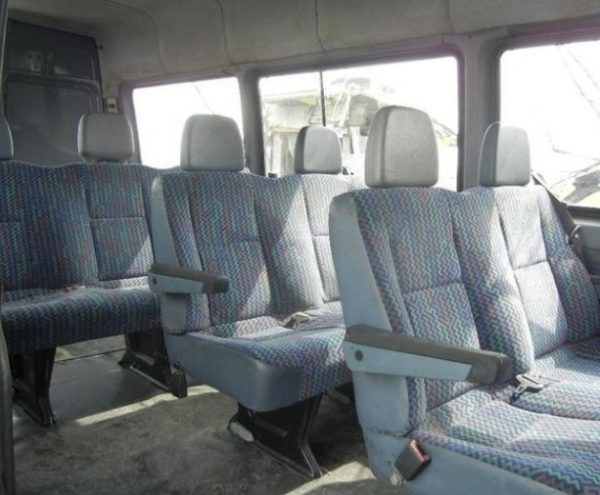
But what suited the passengers categorically did not suit the car owners. Especially those who were engaged in private transportation. For obvious reasons, they wanted to carry more people on one flight. In 2005, engineers went to meet the wishes of car owners and increased the number of seats in the cabin to nine. At the same time, the dimensions of the body remained the same, and the increase in capacity was achieved by reducing the distance between the seats by 100 mm. The headrests and armrests have been removed to save space.

Of course, this did not affect the comfort of passengers in the best way. Nevertheless, after such an upgrade, the demand for the Volkswagen LT 35 only grew.
Dashboard
As for the dashboard, it has never been particularly elegant on the Volkswagen LT 35. On the very first vans in 2001, the panel was made of light gray abrasion resistant plastic. The doors and steering column were trimmed with the same material.
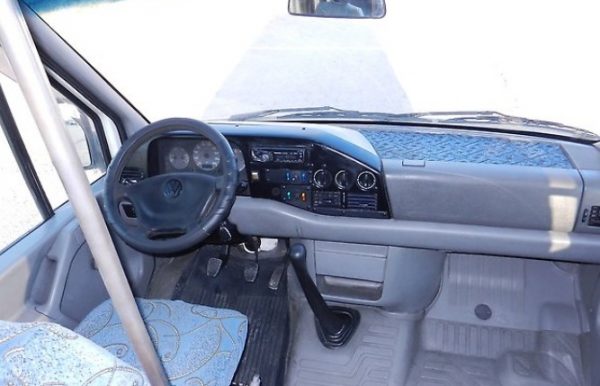
On later models, no fundamental changes have occurred, except that small black inserts appeared in the usual gray plastic. It should be noted the abundance of various pockets and "glove compartments" in the driver's seat. This Volkswagen LT 35 is very similar to another, no less famous German minibus - Mercedes-Benz Sprinter. In the pockets that are even in the doors, the driver can spread out documents, money transferred for travel and other useful little things.
Check out the decoding of the codes on the VOLKSWAGEN dashboard: https://bumper.guru/zarubezhnye-avto/volkswagen/kodyi-oshibok-folksvagen.html
Electronics
At the request of the car owner, the manufacturer could install a cruise control system on the Volkswagen LT 35. Its purpose is to help the driver maintain a given speed of the car. The system will automatically increase the gas if the speed on the slope decreases. And it will automatically slow down on too steep a descent. Cruise control is especially relevant for long-distance minibuses, as the driver simply gets tired of constantly pressing the gas pedal.
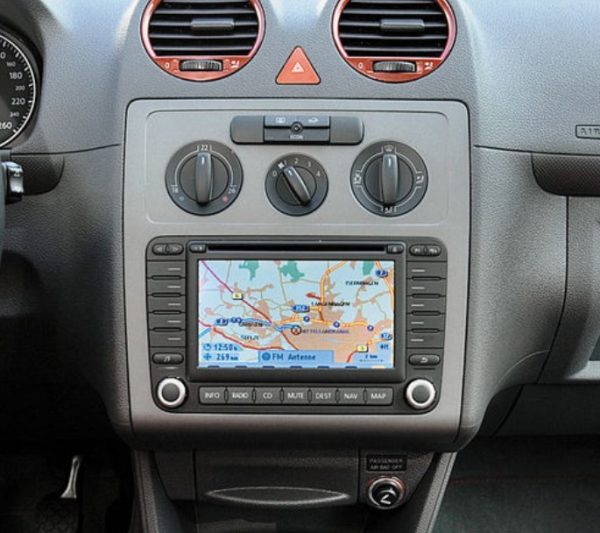
Video: a brief overview of the Volkswagen LT 35
So, the Volkswagen LT 35 is a simple and reliable workhorse that can bring profit to every private carrier for a long time. Despite the fact that the minibus has long been discontinued, it is still in great demand in the secondary market.


